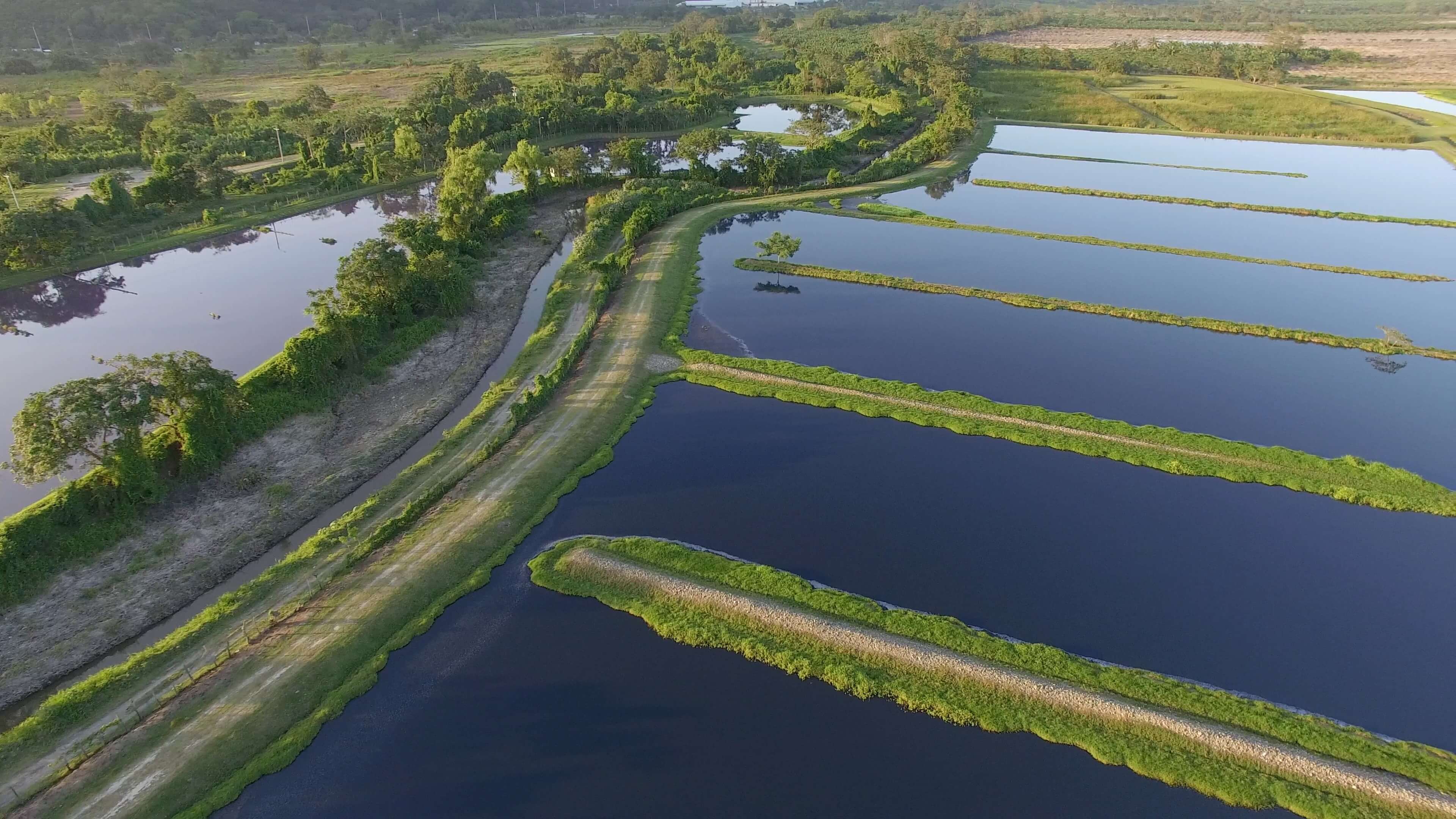Our target
Reduce water intensity per kilogram produced by 20% by 2030 (compared to a 2018 base year of 0.08302 m3/kg).
Approach
We do not withdraw water from any water bodies recognized as sensitive or listed under the Ramsar Convention, an intergovernmental treaty that provides a framework for national action and international cooperation for wetland conservation. The majority of our water withdrawal comes from groundwater. To reduce our water intensity, we leverage systems that allow us to integrate practices focused on reusing and recycling and we invest in water optimization projects.
Wastewater Treatment
Our water treatment efforts are guided by our internal wastewater treatment operations manual. All textile, garment dyeing, and hosiery facilities follow and comply with the ZDHC wastewater program.1 While Gildan is not a signatory of ZDHC, in 2024, all our wastewater treatment facilities at our textile operations were tested under the ZDHC guidelines. Twice a year, a ZDHC-authorized laboratory tests wastewater from all Gildan-operated textile, garment dyeing, and hosiery facilities in Bangladesh, the Dominican Republic, and Honduras following strict guidelines. In addition, independent third-parties assess wastewater regularly from all Gildan-operated textile, garment dyeing, and hosiery facilities in Bangladesh, the Dominican Republic, and Honduras for compliance with local regulations and Gildan standards as described above.
Biotop wastewater treatment lagoon systems
In the Dominican Republic and Honduras, we operate Biotop wastewater treatment lagoon systems, which are biological systems that use wetlands to manage and treat wastewater from our operations. Through the system, effluent water from our manufacturing facilities is first pretreated to improve its quality, then it is released into a series of lagoons. Within the lagoons, the natural functions of the wetland vegetation, soils, and microbes further treat the water before it is discharged into local waterways. We continuously monitor the quality of the water before it is discharged from our facilities to help ensure it meets local regulatory requirements, as well as standards included in our ZDHC wastewater program.


